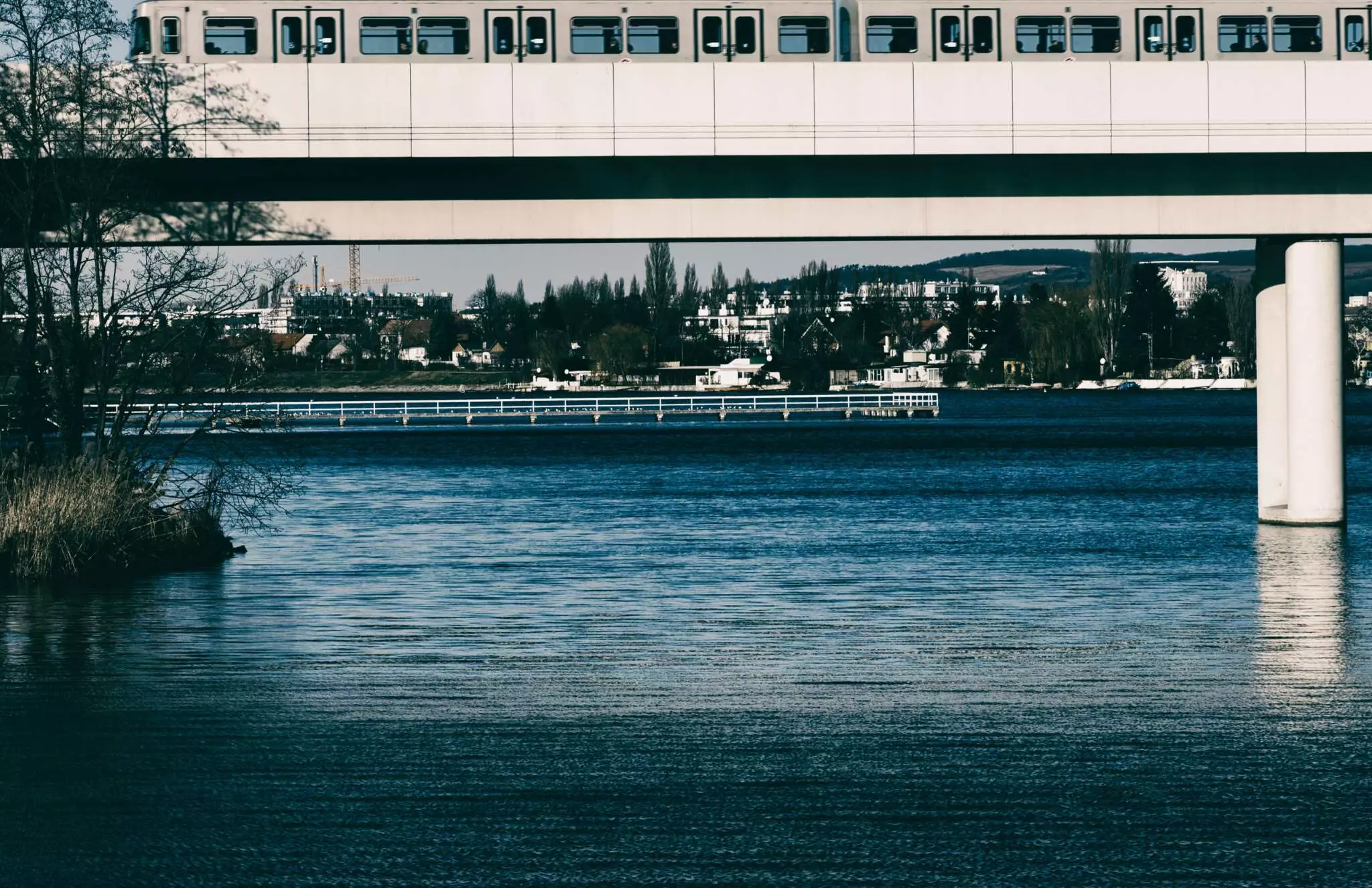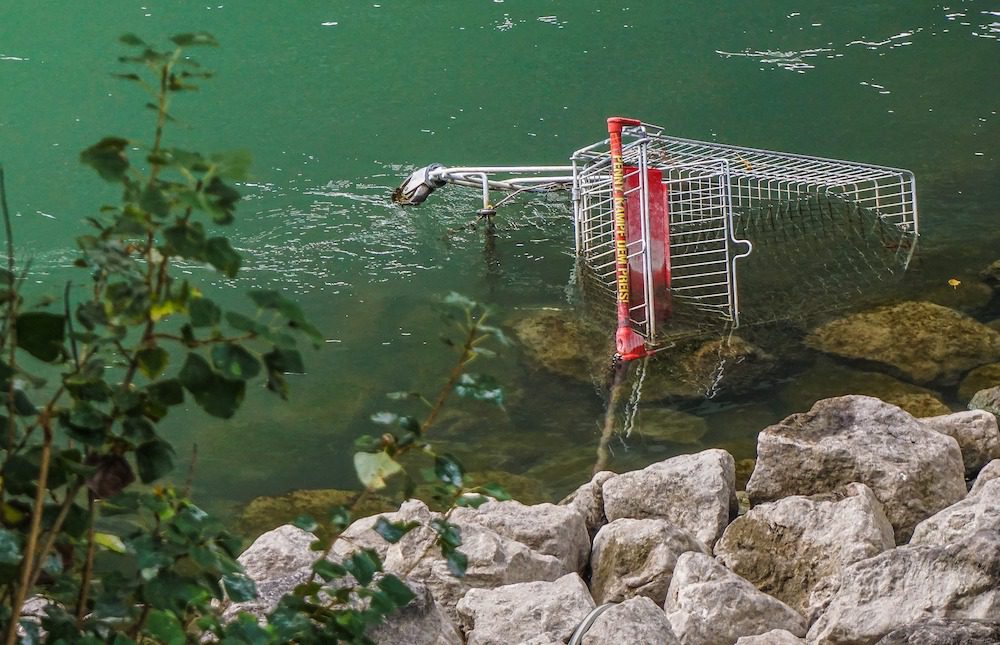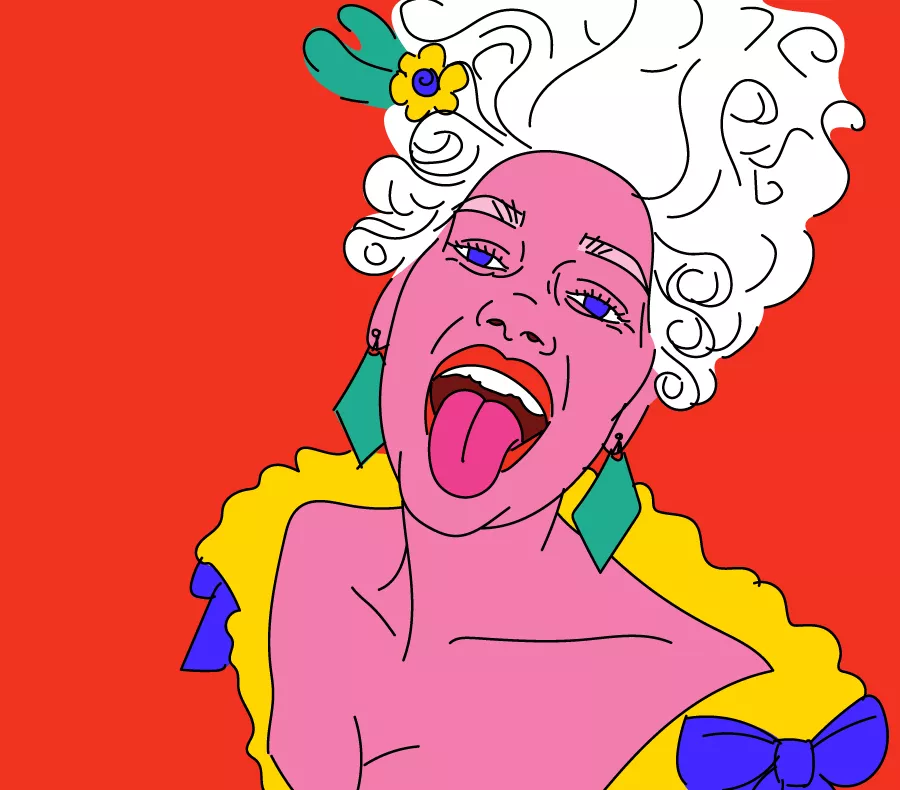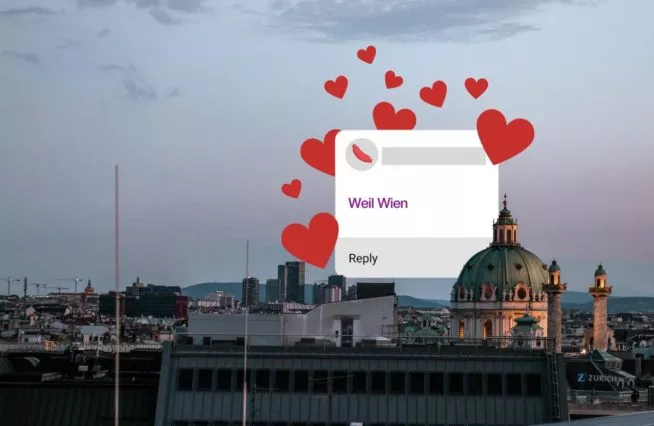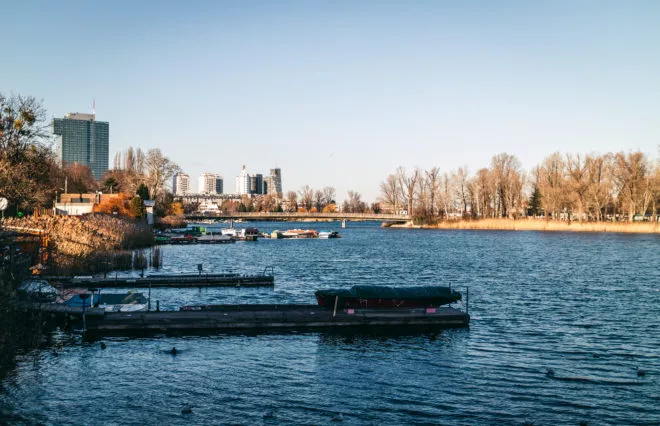As most of us are spending a fair amount of time swimming in it during summer, we thought we’d provide you with some fresh facts about Vienna’s beloved river that you can think about while bobbing about in it.
Check out these 13 facts about the Danube that you probably didn’t know:
1. First off, for those who were sleeping all through geography class in school, the Danube is 2.850 kilometers long and passes through 10 different countries.
It’s the second longest river in Europe after the Volga.
2. We know some people get insulted when you call the Danube Canal the Danube, but it still is a naturally existing arm of the river.
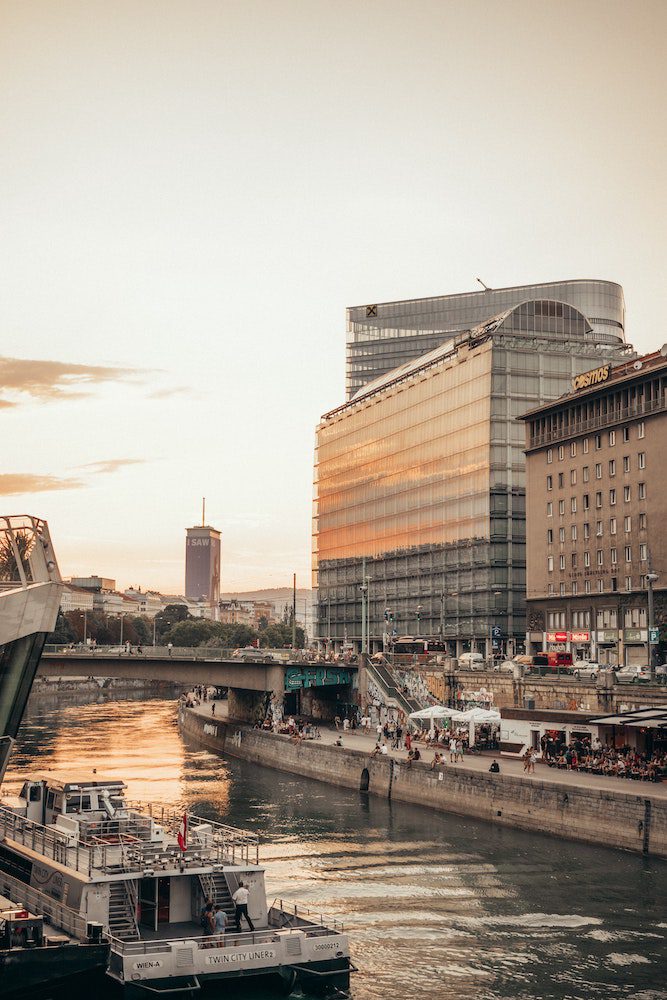
It actually used to be the main stream of the Danube in medieval times. So those crazy people who say, ‘let’s go have a drink on the Donau!’, but actually mean at the canal, technically aren’t wrong. Anyways, we’re using this fact as our permission to include facts about all parts of the Danube in this list without getting our shit stormed. How ’bout that?!
3. British musician Steve Harley called the Danube river a bitch. A-WHAT?!
In Steve Harley’s song ‘Nothing is sacred’ he calls the Danube a ‘blue water bitch’. He then continues comparing it to a ‘glorious flame’ though, so he can be forgiven the whole ‘bitch’ thing.
4. The Danube Canal gets cleaned regularly, but the sheer amount of e-scooters, bikes and shopping carts that are fished out every time is truly disturbing
Deliberately dumping stuff in a river isn’t cool, people! However, apparently there’s a lot of people doing it. According to reports from a company that actually manages the Danube waterway, viadonau, e-scooters, bikes, shopping carts, and even park benches, are fished out of the Donaukanal regularly.
5. In 2015, 130.000 Euros in cash was mysteriously found floating in the Neue Donau.
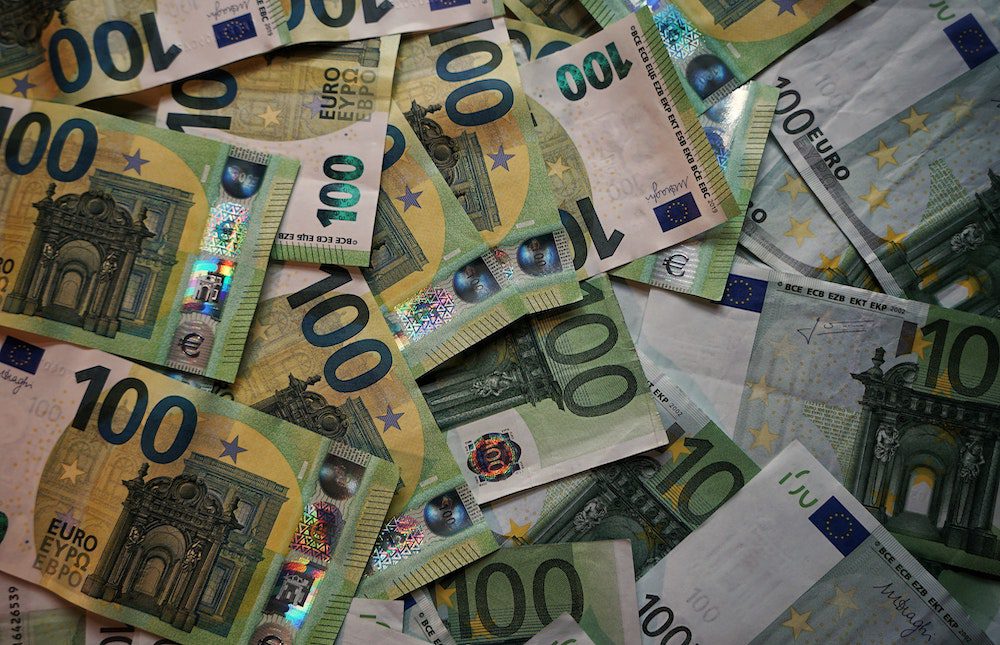
Eyewitnesses reported to have seen a rather confused older man dumping the cash into the river. Nobody ever ended up claiming the money, even after police conducted an investigation, so it went to the city of Vienna. We definitely spat out our morning coffee when we read this in the news back then, and seriously debated whipping out our snorkeling gear and going Danube treasure diving.
6. The bottom of the Danube is a ship graveyard (in some parts).
Many a ship have met their doom at the bottom of the Danube. During WW2, the Germans sunk their ships to prevent the Soviets gaining control over them. Close to the bay of the Hungarian village, Pilismarót, shipwrecks can still be found. Tip: Search the hashtag #hajótemető on Instagram to see some of the shipwrecks.
7. There is a popular dessert named after the waves of the Danube, the Donauwelle.

This chocolate-y delicious treat, Donauwelle, gets its name from dark and light swirls in the cake, which allegedly resemble the waves of the river after you cut into it.
8. The Danube flows into the Black Sea.
If you’ve ever wanted to visit the Black Sea, why don’t you build a raft, stock up on some Donauwellen cake and set sail from the Donauinsel? That’s right, you can follow the river all the way to where the Danube river flows into the Black sea in Romania (We’re not taking any responsibility if you ever really attempt this stupid idea, of course).
9. Around 10 Million people in Europe are dependent on the Danube as a drinking water source
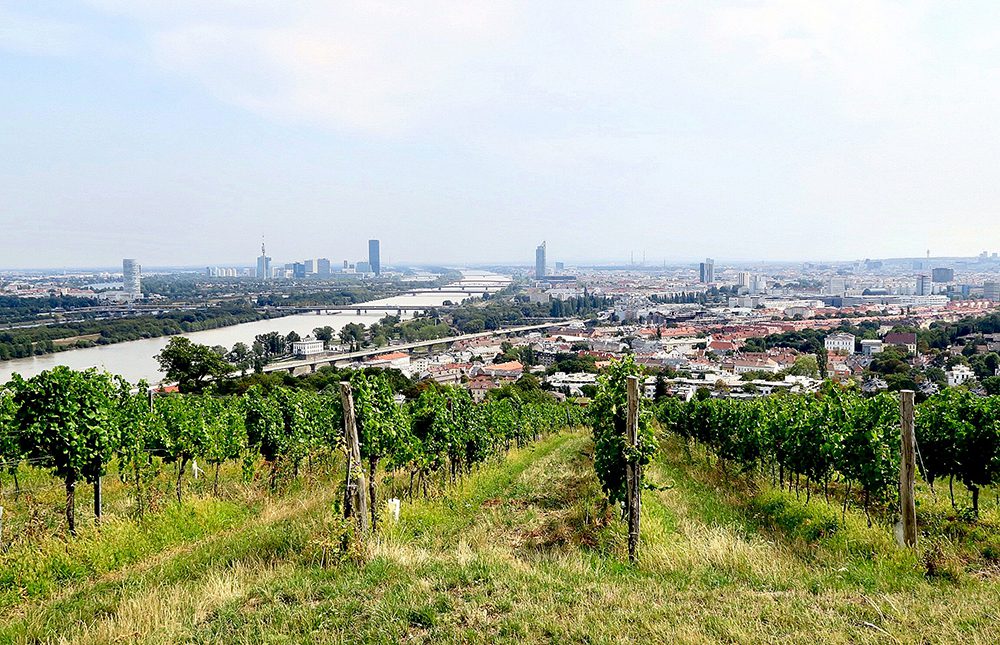
10. The Danube is the most polluted river in all of Europe – yep, it has a problem
In a 2019 study, researchers found that the Danube has a high concentration of antibiotics in its waters, making it the most polluted river in all of Europe. Compared to rivers in other continents, the pollution of the Danube can almost be considered ‘low,’ but we’d say that’s only mildly comforting.
11. The ‘old’ and the ‘new’ Danube exists because the damn river used to have a serious flooding problem
Because of past horrific floods, the council of Vienna decided to regulate the flow of the Danube between 1870 and 1875.
They preserved some of the old arms of the river, which became what we now call the Alte Donau. After the Second World War, floods became more frequent again, so the city of Vienna was in a desperate need of a solution in 1969, so they dug a new river bed in the flooded areas, which is how the Neue Donau was born. Problem solved!
12. The Danube Island was made by humans and a hell of a lot of dirt!
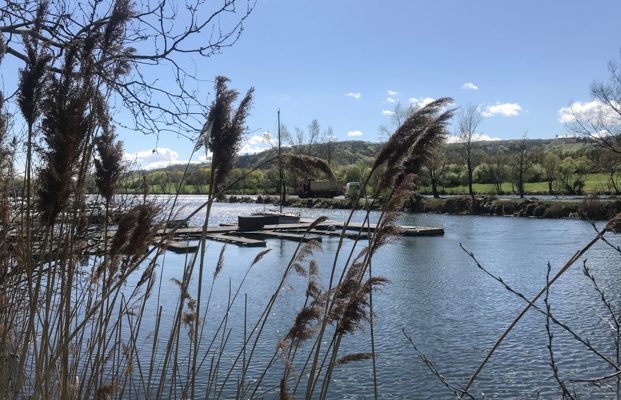
Nature had nothing to do with the island plonked in Vienna’s section of the river. The Donauinsel, or Danube Island, is 100% created by humans. Between the years 1972 and 1988, the island was built with a length of 21km and a surface of four square kilometers. It required 230 cubic meters of earth to complete. In order to green the Donauinsel, 1.8 million trees and plants were planted.
13. There is a Viennese school located on a huge boat on the Danube
In the early 1990s, there was a dire need for to (and also cheap and accesible) increase the capacity of Vienna’s school system, but it couldn’t require too many changes to the city’s existing infrastructure. Also, as the Soviet Union fell out as a contracting authority of a ship, the usage of the unoccupied boat was considered as a new school location, and so the Schulschiff on the Danube was born.
While the location is unconventional and has the potential to be some kind of special Hogwarts kinda’ school, the Berta von Suttner Schulschiff is a standard school. It’s just floating on a river. It’s 24/7 anchored to the same spot though, so don’t think that the school nurse will believe anyone if they try to get out of an exam for claiming they’re sea-sick (get it? ’cause it’s on a boat?!)

